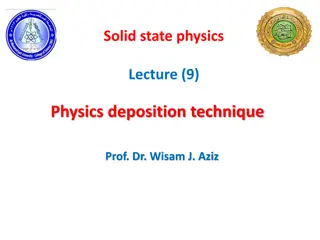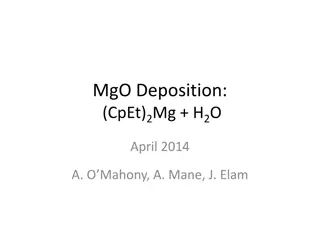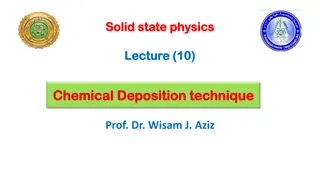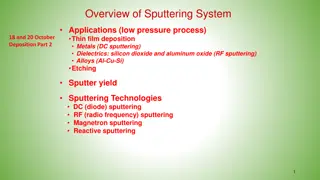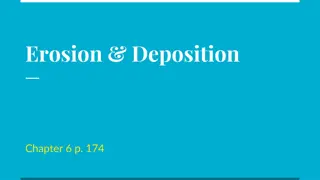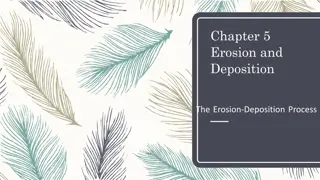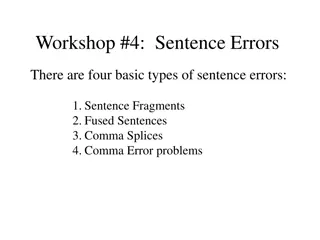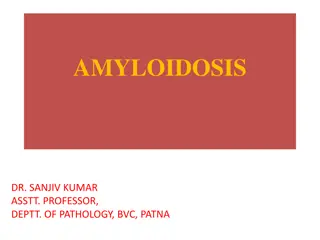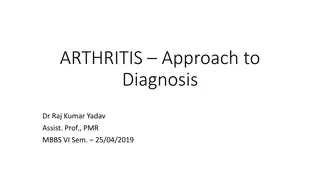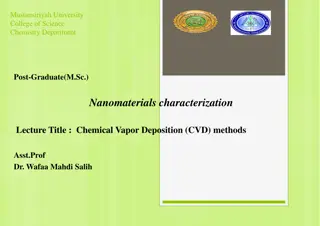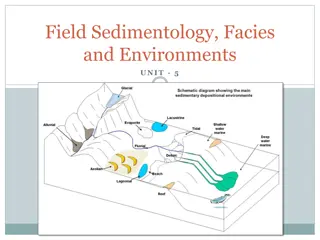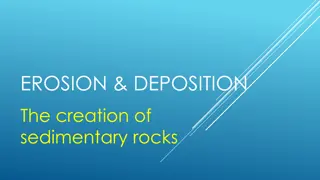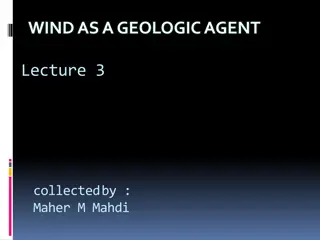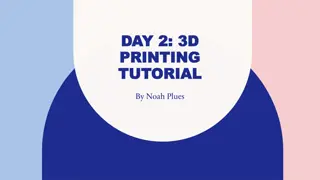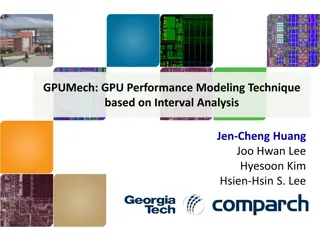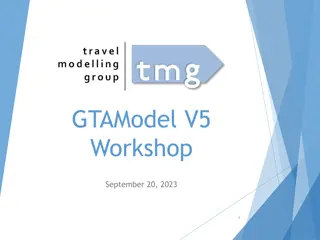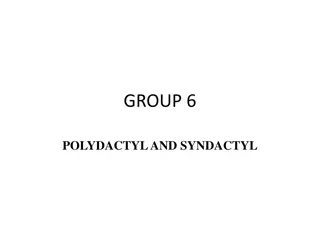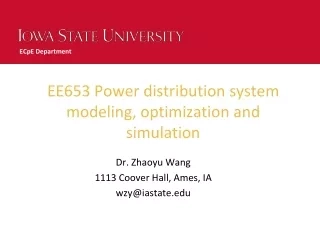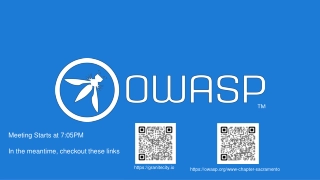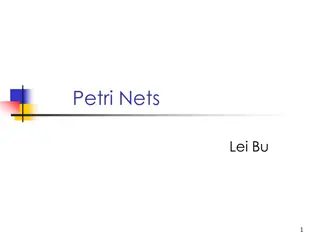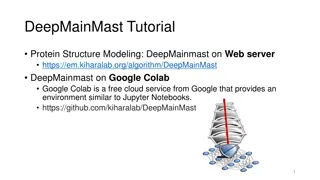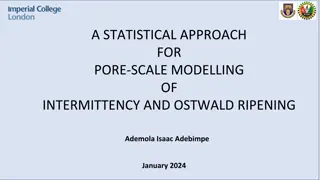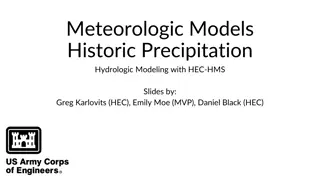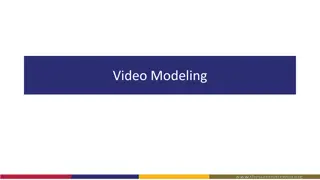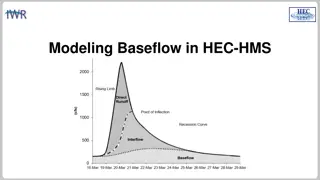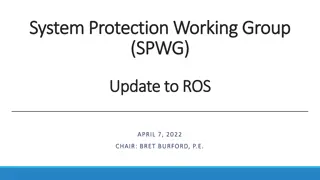Exploring Fused Deposition Modeling (FDM) Technology
Fused Deposition Modeling (FDM) is an additive manufacturing technology developed in the late 1980s. This process involves laying down molten material in layers using a heated nozzle, making it ideal for prototyping and production. Stratasys, Inc. is a market leader in FDM technology, offering various material and color options. The FDM process includes pre-processing, production, and post-processing steps to create the final prototype, removing supports and finishing the model's surface.
Download Presentation

Please find below an Image/Link to download the presentation.
The content on the website is provided AS IS for your information and personal use only. It may not be sold, licensed, or shared on other websites without obtaining consent from the author. Download presentation by click this link. If you encounter any issues during the download, it is possible that the publisher has removed the file from their server.
E N D
Presentation Transcript
Solid-Based Rapid Prototyping Systems Starting material is a solid Solid-based RP systems include the following processes: Laminated object manufacturing Fused deposition modeling
Fused Deposition Modeling- FDM Fused Deposition Modeling (FDM) is an additive manufacturing technology. Used for modeling, prototyping and production applications. Developed by S. Scott Crump in the late 1980s Commercialized in early 1990s Principle of laying down molten material in layers Nozzle is heated to melt the thermoplastics material The print head moves on X-Y Axis to draw the layer The platform drops down on Z for each layer Separate dissolvable support material Several material and color options 2
Fused Deposition Modeling (FDM) Current market leaders - Stratasys, Inc. The fused deposition modeling (FDM) technology was developed by S. Scott Crump in the late 1980s and was commercialized in 1990. The double material approach was developed by Stratasys in 1999. "Ribbon Tetrus" (Carlo S quin) www.nybro.com.au Stratasys Dimension SST 1200 Courtesy, Dr. Robin Richards, University College London, UK 3
FDM process steps Step 1: Pre-processing A CAD model is constructed, then converted into the STL format ready for the FDM process. Step 2:Production FDM machine processes .STL file by creating sliced layers of the model. The first layer of the physical model is created The model is then lowered by the thickness of the next layer. The process is repeated until completion of the model.
Step 3: Post processing The model and any supports are removed by washing or stripping it away. The surface of the model is then finished and cleaned
Fused Deposition Modeling (FDM) Process A spool of thermoplastic wire (typically acrylonitrile butadiene styrene (ABS)) with a 0.012 in (300 m) diameter is continuously supplied to a nozzle The nozzle heats up the wire and extrudes a hot, viscos strand (like squeezing toothpaste of of a tube). Fused Deposition Modeling (FDM) A movement along the x- and y-axes, and each cross-section of the prototype is produced by melting the plastic wire that solidifies on cooling. computer controls the nozzle In the newest models, a second nozzle carries a support wax that can easily be removed afterward, construction of more complex parts. The most common support material is marketed by Stratasys under the name WaterWorks allowing 7
ADVANTAGES FDM is clean, simple to use. Thermoplastic parts can endure exposure to heat, chemical, humid or dry environments, mechanical stress. Soluble support materials make it possible to produce complex geometric and cavities that would be difficult to build with traditional manufacturing methods. Economical (inexpensive materials) Enables multiple colors Easy to build DIY kits (one of the most common technologies for home 3D printing) A wide range of materials possible by loading the polymer
DISADVANTAGES Materials suite currently limited to thermoplastics. The extrusion head must continue moving or else material bumps up. Supports are required. Part strength is weak perpendicular to the build axis. As layer increases, the build up increases. Temperature fluctuation during production could lead to delamination.
KEY APPLICATION AREAS Conceptual Models Engineering Models Functional Testing Prototypes Aerospace-human supporting rovers Automotive automobile parts Commercial mobile covers Medical drug injection system
Fused Deposition Modeling (FDM) KEY METRICS ADVANTAGES Economical (inexpensive materials) Enables multiple colors Easy to build DIY kits (one of the most common technologies for home 3D printing) A wide range of materials possible by loading the polymer Maximum build size 20 x 20 x 20 Resolution in (x,y) +/- (0.002 - 0.005 ) Resolution in z +/- (0.002 - 0.01 ) Speed Slow Cost Medium Available materials Thermoplastics (ABS, PC, ULTEM ) KEY APPLICATION AREAS Conceptual Models Engineering Models Functional Testing Prototypes www.redeyeondemand.com DISADVANTAGES Materials suite currently limited to thermoplastics (may be resolved by loading) 11
FDM: companies and applications FDM is a patented technology of Stratasys Inc. Gear assembly Toy design using FDM models of different colors Monkey Cinquefoil Designed by Prof Carlo Sequin, UC Berkeley 5 monkey-saddles closed into a single edged toroidal ring





